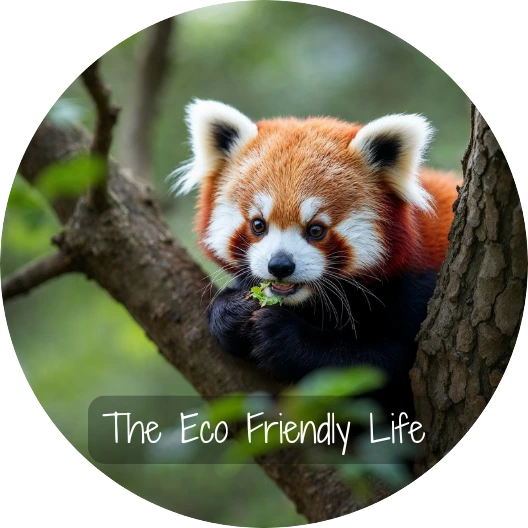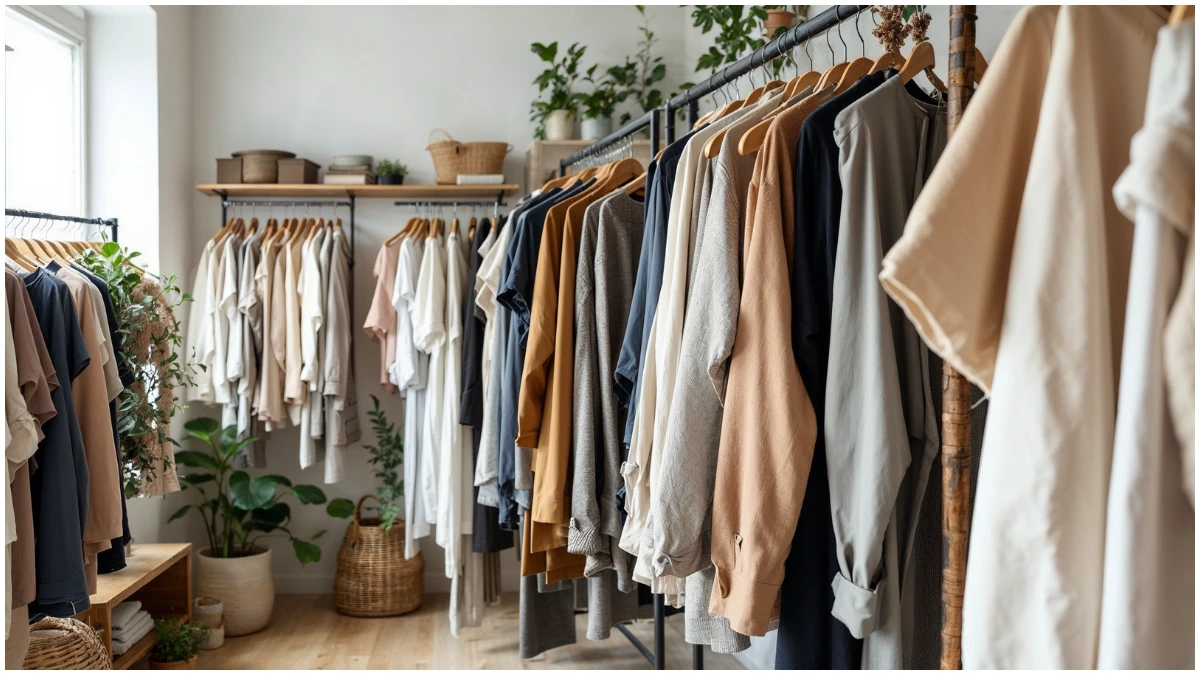Hi, it’s Al with you, and welcome to The Eco-Friendly Life. Today, we’re diving into a beginners guide to ethical clothing brands, a topic that’s not just about style but about making choices that positively impact people and the planet. In this guide, we’ll explore what defines an ethical clothing brand, focusing on fair labor practices, the use of sustainable materials, and the importance of supply chain transparency.
We’ll also look at why choosing ethical brands is crucial for environmental sustainability, workers’ rights, and reducing the impact of fast fashion. Plus, we’ll cover key characteristics to look for in ethical brands and highlight some leading names in the industry so let’s get started.
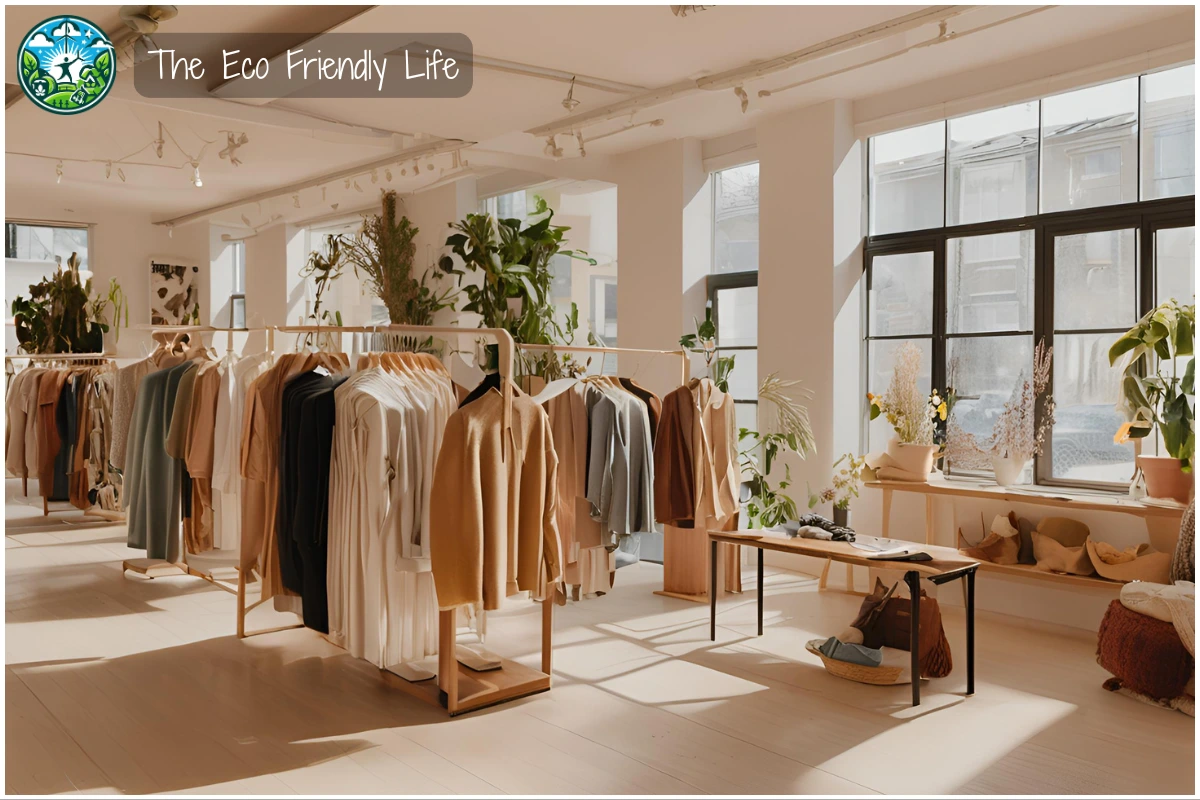
Understanding Ethical Clothing: A Comprehensive Definition
Explore Ethical Fashion Basics: Ethical clothing goes beyond just fashion. It’s about making choices that respect both people and the planet. When we talk about an ethical clothing brand, it involves several critical factors, which start with fair labor practices. This means ensuring that the workers who produce the clothes are treated fairly, given safe working conditions, and paid a living wage. It’s about human dignity and ensuring that every person involved in making your clothes is treated with respect.
Choose Sustainable Materials Wisely: Sustainable materials are another hallmark of ethical clothing. This includes using organic cotton, recycled fabrics, and other eco-friendly materials that have a lower environmental impact. Traditional clothing manufacturing can be resource-intensive, so choosing brands that prioritize sustainability helps reduce the carbon footprint and preserves natural resources.
Demand Supply Chain Transparency: Transparent supply chains are a crucial part of the picture. Brands that are open about where and how their clothes are made build trust with consumers. Transparency means that you, as a shopper, can trace the journey of your clothes from the raw materials to the finished product. This often involves brands sharing details about their suppliers and the steps they take to maintain ethical standards throughout the production process.
Understand Ethical Fashion Essentials: In summary, ethical clothing brands are defined by their commitment to fair labor practices, the use of sustainable materials, and their transparency in the supply chain. By understanding these elements, we can make more informed and responsible choices when it comes to our wardrobes.
The Importance of Choosing Ethical Clothing Brands
Support Environmental Sustainability: Choosing ethical clothing brands has far-reaching benefits, not just for us but for the world around us. One of the key reasons to opt for ethical brands is environmental sustainability. Traditional fashion methods often involve harmful chemicals, water waste, and massive carbon footprints. Ethical clothing brands counter these issues by using eco-friendly materials and sustainable practices, helping to protect our planet.
Stand Up for Workers’ Rights: Supporting workers’ rights is another essential aspect. When you buy from ethical brands, you’re ensuring that workers are being paid fair wages, working in safe conditions, and not being exploited. This respect for labor rights is an important step toward social justice and equality.
Reduce Fast Fashion’s Impact: Reducing the negative impacts of fast fashion is also a significant benefit. Fast fashion promotes a culture of disposable clothing, leading to enormous waste and overconsumption. Ethical brands focus on quality and durability, creating pieces designed to last longer, which helps reduce waste. Opting for fewer, high-quality items rather than numerous low-quality pieces can significantly cut down on textile waste.
Make Conscious Fashion Choices: It’s about making conscious choices that align with our values. Every purchase is a vote for the kind of world we want to live in. By choosing ethical clothing brands, we push for a more sustainable and just fashion industry.
Attributes of Ethical Clothing Brands: Key Characteristics
Look for Certification Badges: When looking for ethical clothing brands, there are certain key characteristics to keep an eye out for. Common certifications are a reliable indicator of a brand’s commitment to ethical practices. Certifications like Fair Trade and Global Organic Textile Standard (GOTS) are third-party verifications that the brand meets high standards for labor rights, material sustainability, and production processes.
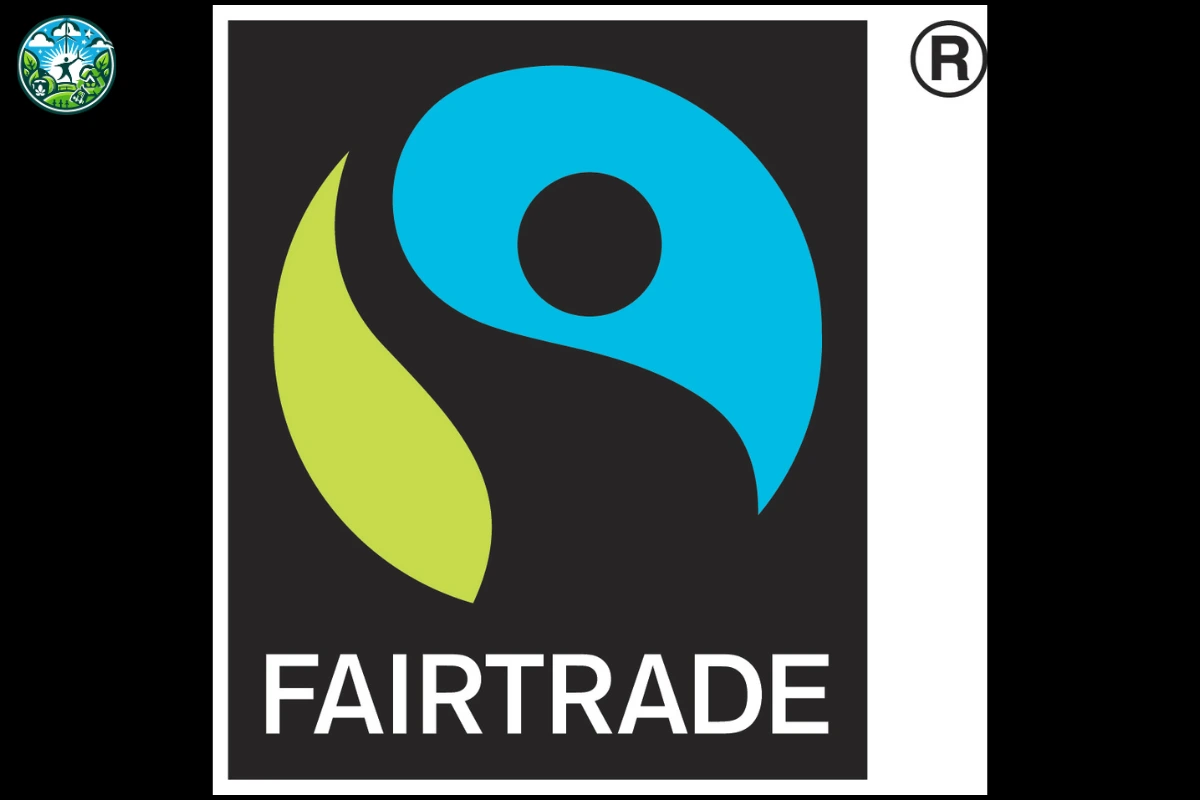
Opt for Eco-Friendly Materials: Eco-friendly materials are another important attribute. Brands that utilize organic cotton, recycled fabrics, hemp, or other sustainable materials show a commitment to reducing their environmental impact. These materials are often grown or produced without harmful chemicals and require less water and energy.
Choose Brands with Ethical Processes: Ethical manufacturing processes are also a hallmark of responsible brands. This means ensuring that the entire production process, from raw material sourcing to the final stitching, adheres to ethical standards. This might include everything from energy-efficient facilities to fair labor practices. Brands that take the time to monitor and verify these processes demonstrate a strong commitment to responsible production.
Value Transparency in Brands: Another attribute to look for is transparency. Brands that openly share their supply chain details, such as the locations of their factories and the conditions in which their products are made, are showing their dedication to ethical practices. This level of transparency helps consumers make informed decisions about where they’re putting their money.
Invest in Quality Over Quantity: Lastly, ethical brands often prioritize quality over quantity. This means producing fewer, well-made items that are designed to last longer. Investing in quality pieces reduces the need for constant replacement and minimizes waste, ensuring a more sustainable wardrobe.
Leading Ethical Clothing Brands: An Introductory Look
Let’s briefly explore just some of the top ethical clothing brands making a significant impact in the industry. These brands are renowned for their commitment to sustainability, fair labor practices, and stylish designs.
| Brand | Key Focus | Ethical Practices |
|---|---|---|
| Patagonia | High-performance outdoor gear | Recycled materials, Fair labor practices, Worn Wear program for product reuse |
| Eileen Fisher | Timeless and elegant designs | Organic and recycled fibers, Social initiatives for worker welfare, Renew program |
| Everlane | Radical transparency | Detailed cost and factory transparency, Eco-friendly materials, Fair labor practices |
| Thought Clothing | Style with sustainability | Natural and eco-friendly fabrics (organic cotton, bamboo), Water conservation, Fair trade practices |
| People Tree | Sustainable fashion, Fair trade | Organic cotton, TENCEL™ Lyocell, Ethical production processes from start to finish |
These brands stand out not only for their ethical and sustainable practices but also for their dedication to creating high-quality, stylish clothing. Choosing any of these labels means investing in products that are kind to both people and the planet.
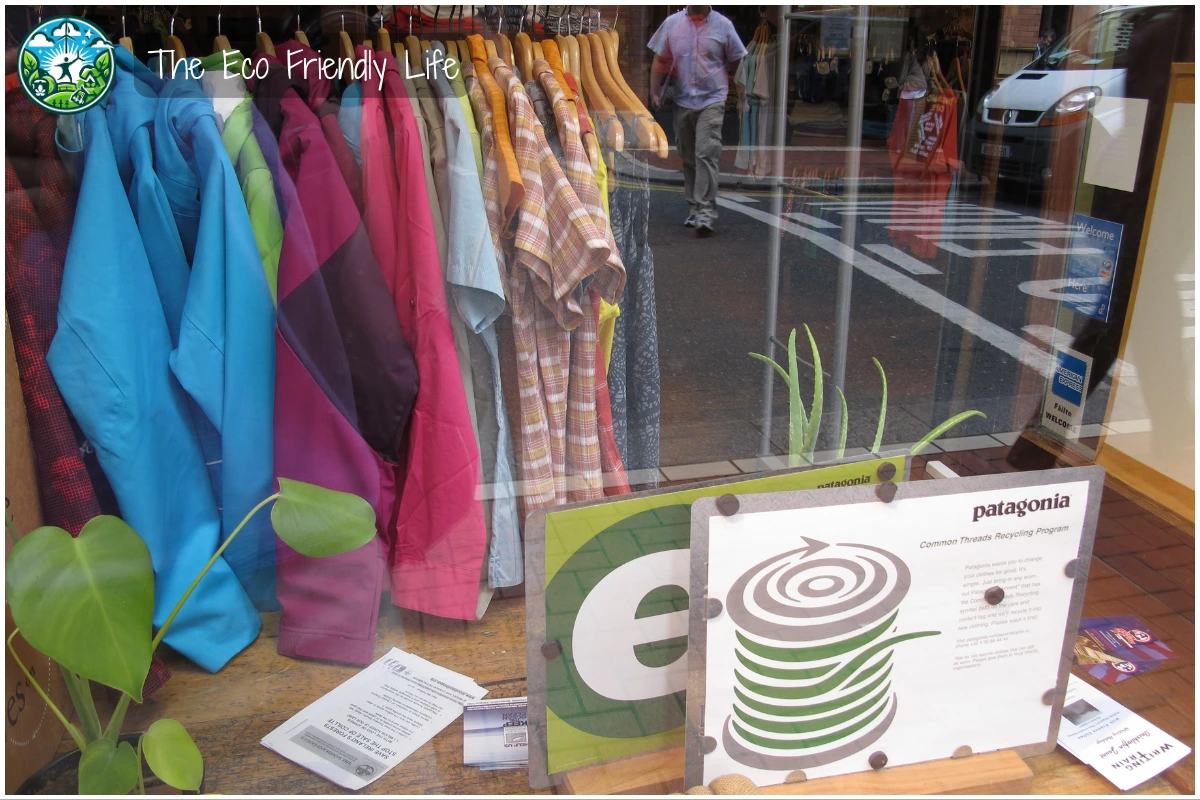
Navigating the Ethical Fashion Landscape: Practical Tips and Trends
Start by Reading Labels Carefully: Identifying ethical brands can be tricky, but there are some clear steps to follow. Start with label reading. Certifications like Fair Trade, GOTS, and others provide assurance that the clothing meets ethical standards. Whenever possible, opt for brands that display these badges.
Research Brand Transparency Online: Researching brand transparency is essential. Visit the brand’s website to see if they openly share details about their supply chains and production practices. Brands that prioritize transparency usually provide comprehensive information about their factories, materials, and the workers making their products.
Look for Third-Party Certifications: Another tip is to check for third-party certifications. Independent organizations often audit and certify brands based on their ethical and sustainable practices. Look for logos from recognized certifying bodies when shopping.
Balance Price and Value Thoughtfully: Understanding the price versus value trade-off is crucial. Ethical clothing often comes with a higher price tag, but it usually offers better quality and durability, which means fewer replacements and less waste in the long run. Investing in well-made pieces that last is not only cost-effective but also reduces your fashion footprint.
Shop Second-Hand for Sustainability: Second-hand shopping is an excellent alternative for those on a budget or looking to reduce waste. Thrift stores, consignment shops, and online marketplaces like Poshmark offer a vast array of pre-loved clothing. Buying second-hand extends the life of garments and lessens the demand for new production.
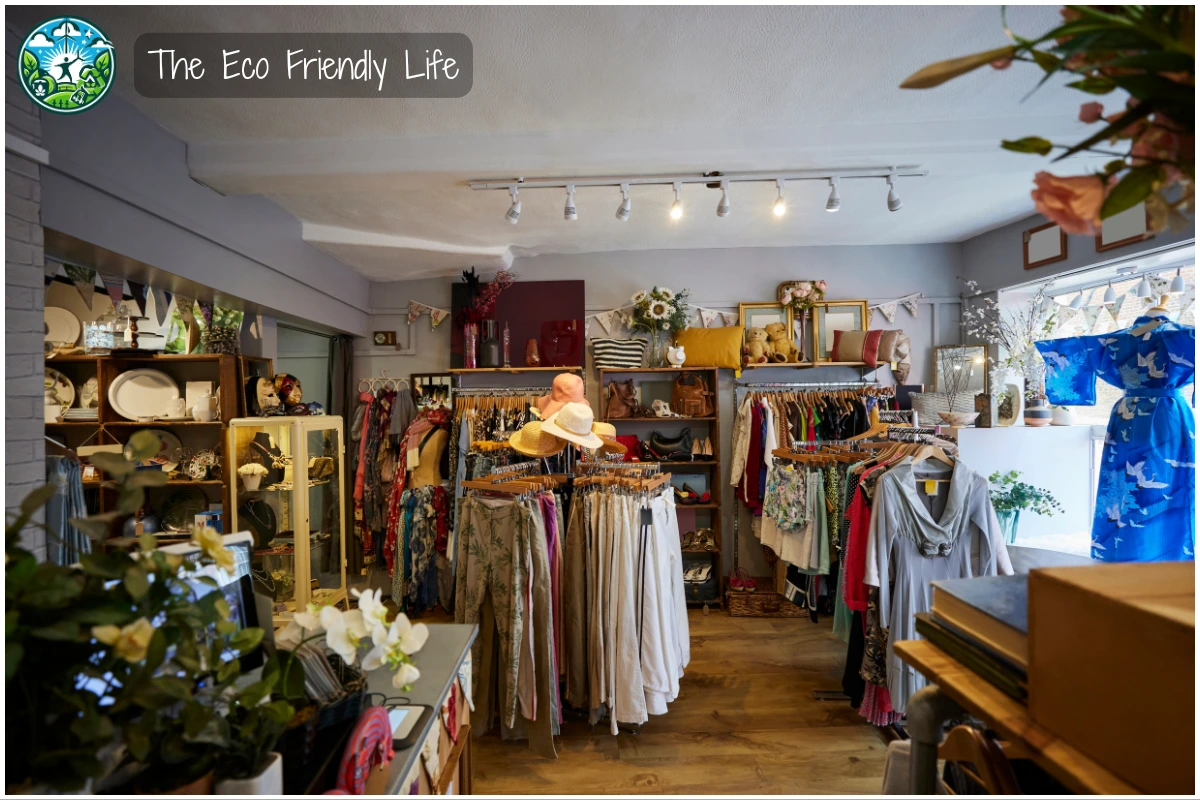
Beware of Greenwashing Tactics: Being aware of the challenges is important too. Greenwashing, where brands falsely claim to be sustainable, is rampant. Always verify the authenticity of a brand’s claims by checking for third-party certifications and consumer reviews.
Make Ethical Fashion Choices Count: Consumer choices drive industry change. When more people choose ethical clothing, brands are incentivized to adopt better practices. Your purchasing power can promote more sustainable and fair practices across the fashion industry.
Start Small with Ethical Choices: For those new to ethical fashion, start small. Begin by swapping out basics like T-shirts or jeans with ethical alternatives. Prioritizing certain values, such as fair labor or sustainable materials, helps ease the transition. Setting realistic goals ensures that the shift to an ethical wardrobe is manageable and sustainable.
Stay Updated on Fashion Trends: 2024 brings exciting updates in the ethical fashion world. Enhanced transparency regulations in the EU will standardize labeling on clothing, detailing carbon footprints and fair labor practices. Circular fashion is growing, with a surge in second-hand clothing and textile recycling. Innovations in regenerative agriculture and recycled cotton are becoming more prominent, while technologies like bioprinting and blockchain are advancing industry transparency.
Demand Ethics in Fashion Now: Consumer demand for ethics is stronger than ever. Brands are expected to uphold fair labor, wage equity, and inclusivity alongside using sustainable materials. Staying informed about these trends helps make better buying decisions.
Conclusion
In concluding our guide to ethical clothing brands, it’s evident that making informed fashion choices goes beyond style—it’s a reflection of our values and commitment to a better world. By opting for brands that prioritize fair labor practices, sustainable materials, and transparent supply chains, we actively contribute to a more just and eco-friendly fashion industry.
As you explore ethical fashion, remember that every purchase you make has an impact. We encourage you to start by integrating small, ethical choices into your wardrobe and gradually shift towards a more sustainable approach to fashion. This journey is about making conscious decisions that align with the future you want to see.
Thank you for taking the time to learn about ethical clothing. Until next time stay environmentally conscious and lead by example.

